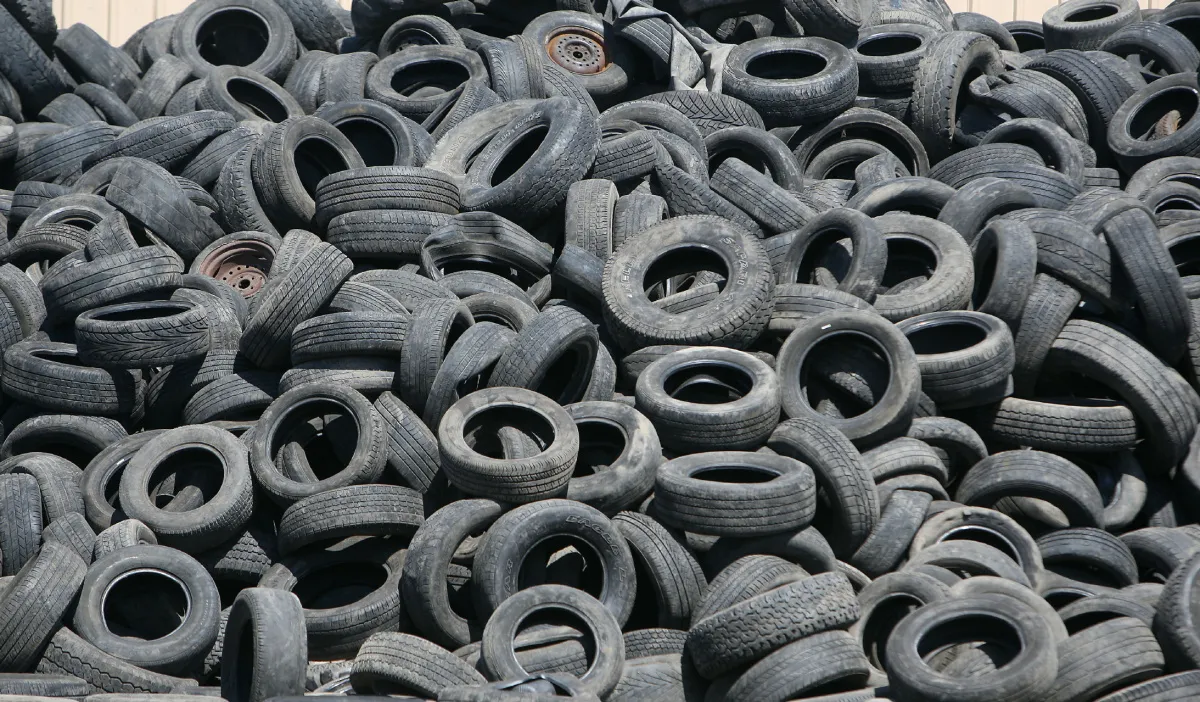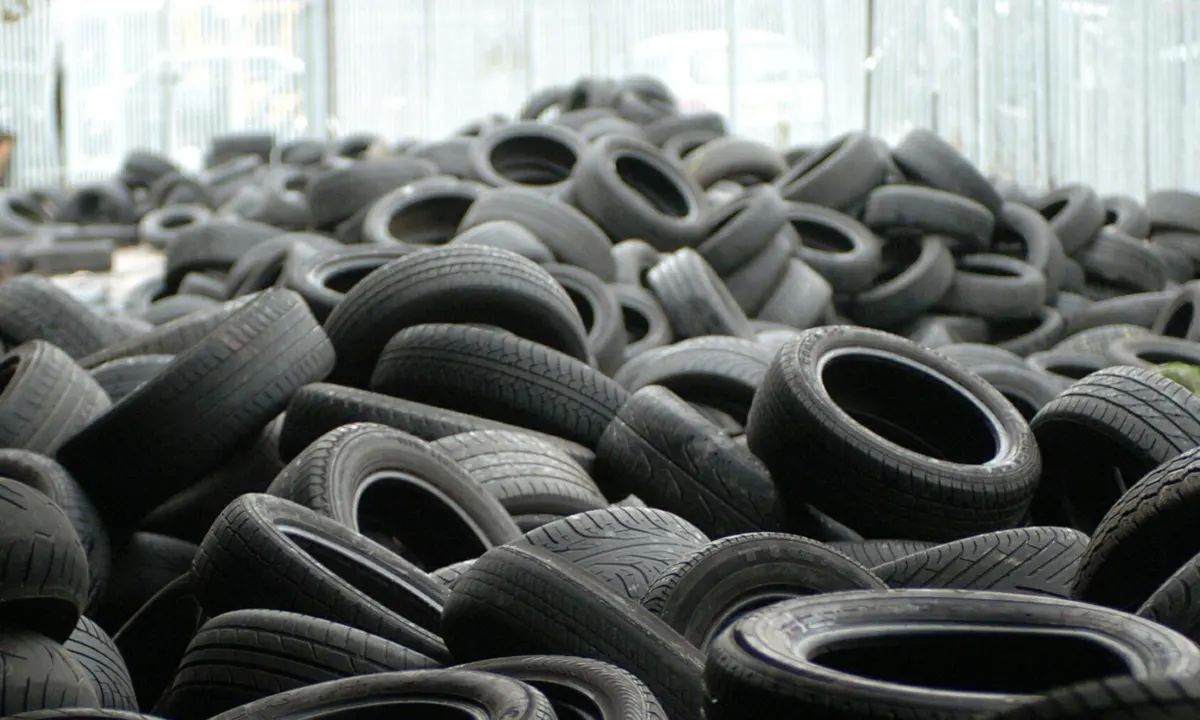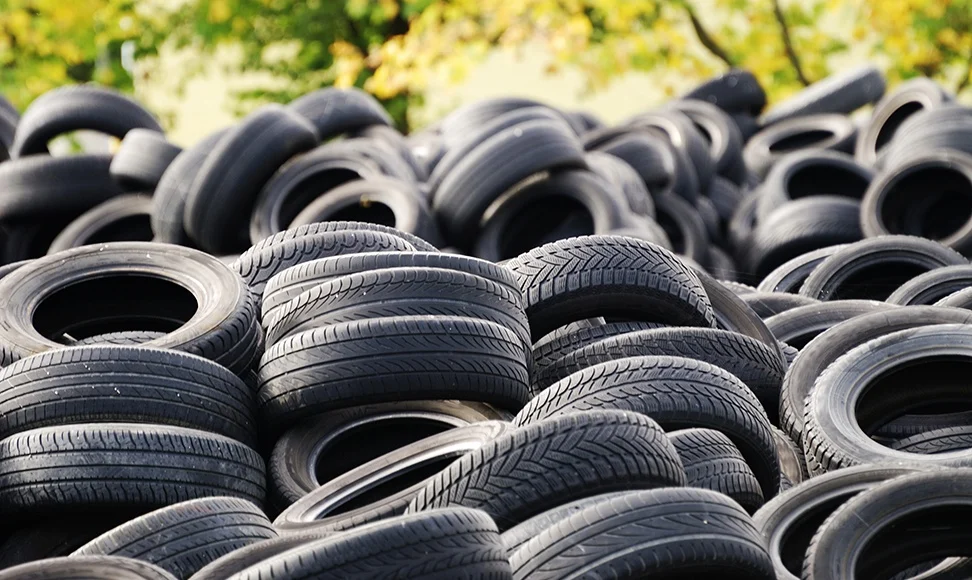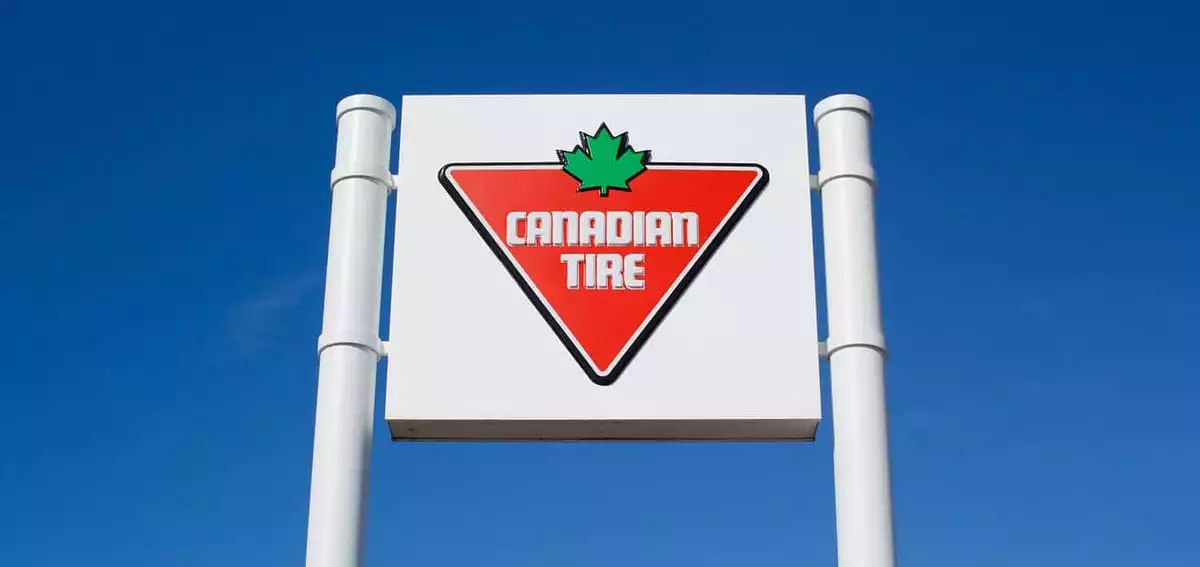When your tires’ tread life is up, be sure to contact one of the numerous scrap tire disposal programs available nationwide to make sure that old tires are ethically recycled. So what does Canada do with used tires? Keep reading to find out more.

To keep tires out of landfills and to help them be converted into other materials like synthetic athletic turf, flooring, and even other tires, retailers and auto shops across Canada take part in a variety of recycling initiatives.
All ten of Canada’s provinces and the Yukon Territory’s tire recycling processes companies are members of the Canadian Association of Tire Recycling Agencies, which facilitates information sharing among its members to guarantee effective tire end-of-life management.
They gather information so that customers may see how many tires they recycled across Canada and in their home province.
What Do Countries Do With Used Tires?
A significant global waste management issue is car tires. Every year, we collectively use 1.5 billion tires past their usable lifespan.
They can be used again and again, but not eternally. And when their usefulness is over, a problem arises.
End-of-life tires, also known as ELTs, include a complex mixture of materials, including natural and synthetic rubber, fiber, and wire, all of which are packaged in a bulky and awkward manner.
This makes them challenging to handle for recycling techniques of any type. The bulk of used tires is recycled, disposed of in landfills, or used as fuel in facilities that make goods like cement and paper in most nations, including China and the United States.
According to the group, OTS invested more than $100 million into the province’s economy, giving every old tire in Ontario a longer lifespan.
This includes investments in new markets and research and development, both of which have generated hundreds of employees across the province.
60 projects have received more than $1 million in funding through OTS’s Community Renewal Fund (CRF) grant program for new and urgently needed public spaces, such as playgrounds and fitness trails.
The initiatives promote environmentally sound disposal sustainable tire management building and development, enhance Ontarians’ quality of life, and strengthen the neighborhood economy.
What Percentage of Tires are Recycled in Canada?

As the American market struggles to keep up with its stockpiles, Canada is recycling a bigger proportion of discarded tires than the United States.
According to the U.S. Tire Management Association’s 2019 Scrap Tire Management Report, about 76% of U.S. tires were recycled into items including rubber-change asphalt, automotive goods, and landscaping mulch.
This is a decrease from 96% in 2013. In terms of waste tire reduction programs diversion efforts, Canada has been close to 100% for several years, according to Glenn Maidment, president and CEO of the Tire and Rubber Association of Canada.
“Every province has a body that is ultimately in charge of making sure that their used tire waste is collected and managed in a responsible manner.”
Sports surfaces, molded products, and rubberized asphalt are the main markets for rubber recycling produced in Canada. However, according to him, most of the crumb rubber used in rubberized asphalt is exported to the US.
If I could have one desire, it would be that Canadian provinces will inspect using that as a material since it would promote a circular tire economy in a positive way.
The USTMA is urging states to direct scrap tire recovery methods monies toward reuse, recycling, and cleanup initiatives.
To create a national platform for states to share data; and to deploy rubber-change asphalt and stormwater infiltration galleries more widely. In 2018, Canadian jurisdictions recycled 461,434 tonnes of tires after collecting 439,509 tonnes.



